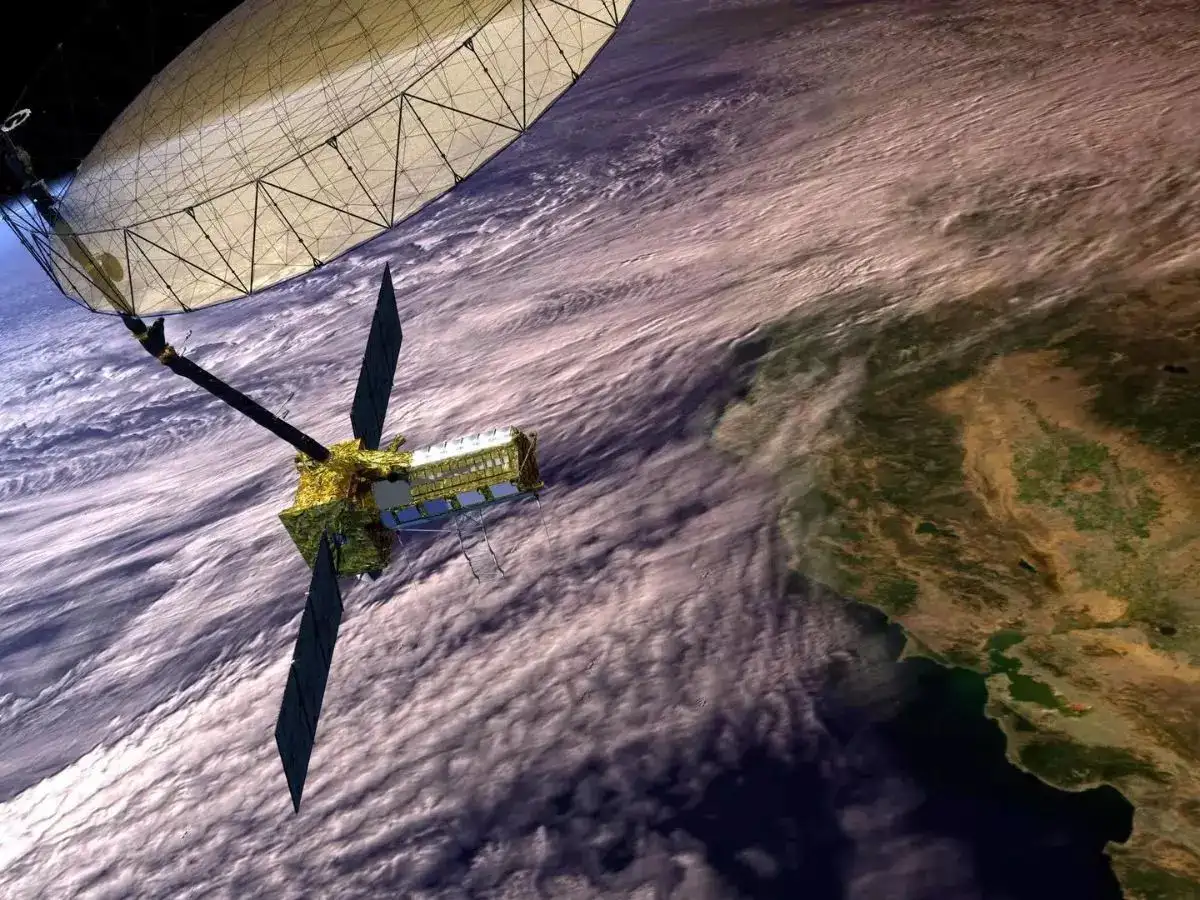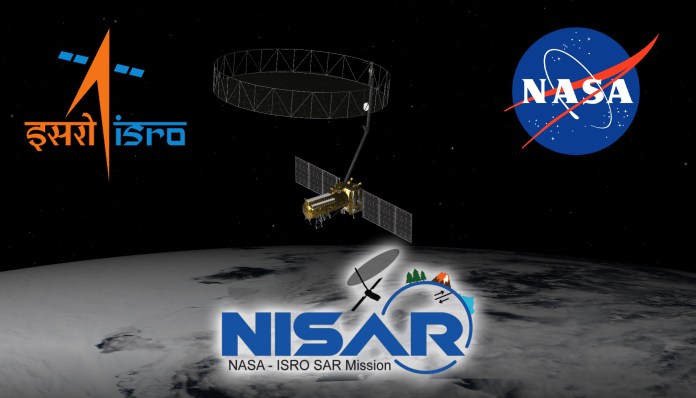In a historic collaboration, the Indian Space Research Organisation (ISRO) and the National Aeronautics and Space Administration (NASA) are gearing up to launch the NASA-ISRO Synthetic Aperture Radar (NISAR) satellite on July 30, 2025. This Earth observation satellite, weighing 2,392 kg, will lift off aboard India’s GSLV-F16 rocket from the Satish Dhawan Space Centre in Sriharikota.
NISAR is designed to revolutionize global Earth monitoring with its dual-frequency radar system, combining NASA’s L-band and ISRO’s S-band radars. It will be the first satellite in the world to use SweepSAR technology at such a scale, offering a 242 km-wide swath and high spatial resolution. This allows for near real-time imaging of the Earth, day and night, in any weather condition.

According to ISRO Chairman V. Narayanan, “This satellite will not only enhance India’s capability in disaster management and environmental monitoring but also benefit the world in tracking climate change, landslides, and the depletion of natural resources.”
The satellite is equipped with a 12-meter unfurlable mesh reflector developed by NASA and integrated into ISRO’s upgraded 13k satellite bus. NISAR will orbit at 740 km altitude, continuously capturing high-quality data that will support applications in agriculture, forestry, water resource mapping, and more.
Additionally, ISRO is preparing for its human spaceflight mission, Gaganyaan, with the launch of a humanoid robot Vyommitra in December 2025. Two uncrewed missions will follow in 2026, paving the way for India’s first crewed mission in March 2027.
This mission cements India’s growing leadership in space technology and marks a major leap in international scientific cooperation.


